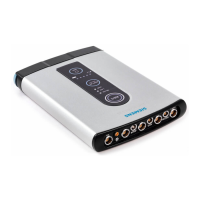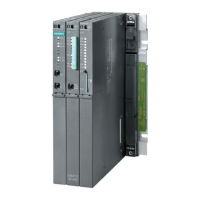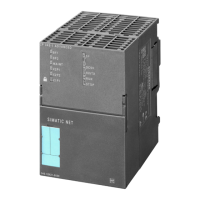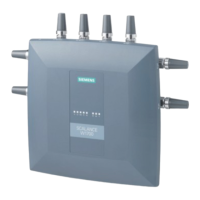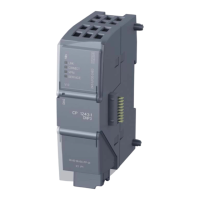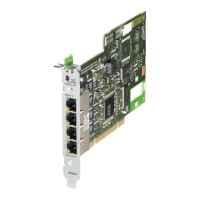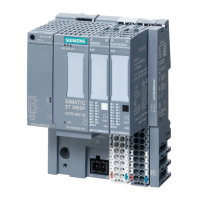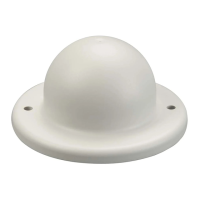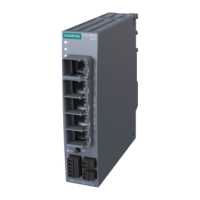Basics of communication with Industrial Ethernet
1.5 Wireless LAN
Industrial Ethernet
52 System Manual, 09/2019, C79000-G8976-C242-10
1.5 Wireless LAN
1.5.1 What is wireless LAN?
WLAN
A wireless LAN or WLAN is a "Wireless Local Area Network"; in other words, a network
based on wireless covering a limited area. WLAN is based on the IEEE 802.11 standard.
IWLAN
The Industrial Wireless LAN (IWLAN) technology is a further development of WLAN for
industrial applications. In contrast to WLAN, IWLAN provides predictable data traffic
(deterministic) and defines response times for high-speed applications. This makes it
possible to transfer process-critical data, for example alarms. By implementing a wireless
solution, you can replace hard-wired connections that are subject to natural wear and tear,
for example contact conductors. Use cases for wireless solutions such as overhead
monorails, driverless transport systems or user-specific operator control and maintenance
devices.
To protect data traffic, rugged and immune modules are used on the one hand and on the
other hand the data is encrypted.
1.5.2 Differences between wireless LAN and wired networks
Cable as opposed to radio waves
The use of cables and wires for communication has certain advantages because this makes
an exclusive medium available:
The transmission properties in a hard-wired network are defined and remain the same as
long as the cables, routers or similar devices are not replaced. Since a wired network is
limited in locality, it is possible to recognize at any time which nodes are connected to a LAN
(Local Area Network) and which are not.
On the other hand, the effort and cost of cabling increases with the number of nodes and, at
the same time, the potential for broken cables and other hardware faults. Finally,
communication with freely moving nodes using wired methods is practicable only in
exceptional situations. Wireless links also allow sections to be covered that would be
problematic using cables, for example roads, water.
In these situations, wireless networks are an advantage. The advantage is in the mobility of
the individual components and their flexible use.
"Wireless" as such is a limited resource. Due to its nature as a "shared medium" it is not
possible to increase the capacity as would be possible, for example, by simply laying more
cable. This means that with the increasing number of nodes, the effective data rate that can
be reached by the individual nodes sinks.
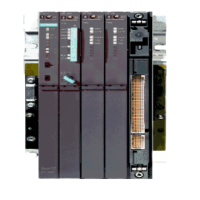
